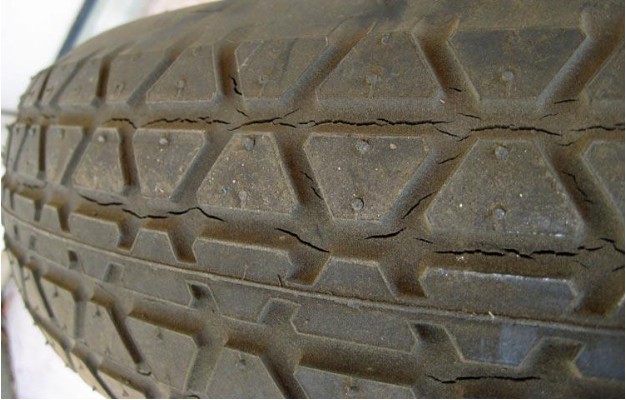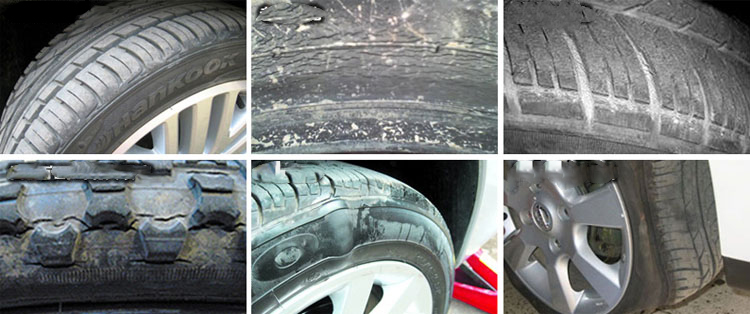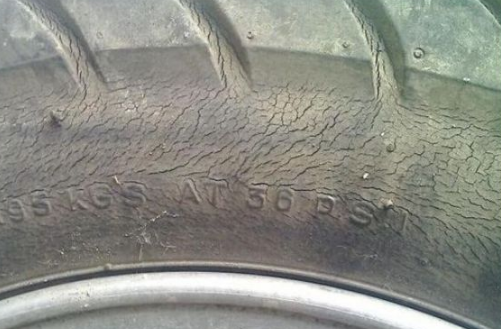Rubber tubes will gradually appear aging during daily use, so what are the factors that cause the rubber tube to age? As a professional rubber manufacturer
(1) Oxygen: Oxygen undergoes a radical chain-locking reaction with rubber molecules in a rubber tube, and the molecular chain is broken or excessively crosslinked, causing a change in rubber properties. Oxidation is one of the important reasons for rubber aging.

(2) Ozone: The chemical activity of ozone is much higher than that of oxygen, and it is destructive. It also breaks the molecular chain, but the effect of ozone on rubber varies with the deformation of rubber. When it is used as a rubber for deformation (mainly unsaturated rubber), a crack perpendicular to the direction of stress action occurs, that is, “ozone cracking”; when it acts on a deformed rubber, only an oxide film is formed on the surface without cracking.

(3) Heat: Increasing the temperature may cause thermal cracking or thermal crosslinking of the rubber. But the basic role of heat is activation. Increasing the rate of oxygen diffusion and activating the oxidation reaction to accelerate the oxidation reaction rate of the rubber is a ubiquitous phenomenon of aging – thermal aging.
 (4) Light: The shorter the light wave, the greater the energy. What is damaging to rubber is the higher energy of ultraviolet light. In addition to ultraviolet rays directly causing the breakage and cross-linking of rubber molecular chains, rubber generates free radicals by absorbing light energy, which initiates and accelerates the oxidation chain reaction process. Ultraviolet light plays a role in heating. Another feature of light action (unlike heat) is that it mainly occurs on the surface of the oak. For samples with high gel content, there will be reticular cracks on both sides, the so-called “outer layer cracking”.
(4) Light: The shorter the light wave, the greater the energy. What is damaging to rubber is the higher energy of ultraviolet light. In addition to ultraviolet rays directly causing the breakage and cross-linking of rubber molecular chains, rubber generates free radicals by absorbing light energy, which initiates and accelerates the oxidation chain reaction process. Ultraviolet light plays a role in heating. Another feature of light action (unlike heat) is that it mainly occurs on the surface of the oak. For samples with high gel content, there will be reticular cracks on both sides, the so-called “outer layer cracking”.
(5) Mechanical stress: Under the repeated action of mechanical stress, the rubber tube molecular chain will be broken to form a free radical, which will initiate the oxidative chain reaction and form a force chemical process. Mechanically broken molecular chains and mechanically activated oxidation processes. Which one can prevail depends on the conditions in which it is located. In addition, it is easy to cause ozone cracking under stress.
(6) Moisture: The effect of moisture has two aspects: when the rubber tube is exposed to moisture or immersed in water, it is easily destroyed. This is because the water-soluble substance and the water-clearing group in the rubber are extracted by water. Caused by hydrolysis or absorption. Especially in the alternating action of water immersion and atmospheric exposure, the rubber damage will be accelerated. However, under certain circumstances, moisture does not have a destructive effect on rubber, and even has the effect of delaying aging.nergy radiation, electricity and biology.

The above are the main reasons why I have summarized the rubber tube aging. I hope that everyone can start from these aspects to avoid the aging of the rubber tube.





